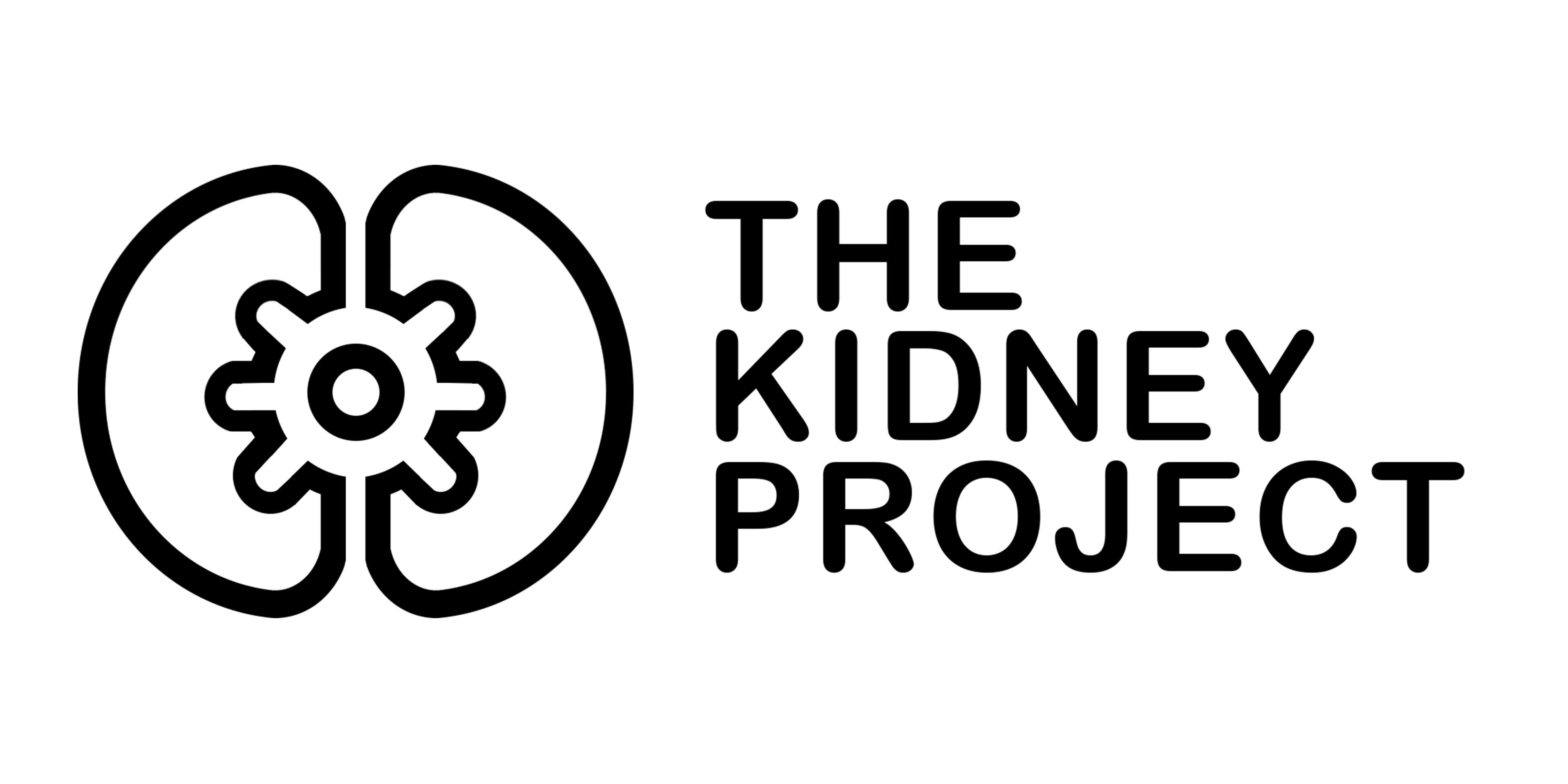Chronology
1902 to late 1990s
Late 1990s
1998-2010
2014-Present
Future
History of kidney failure treatment: Chronology of scientific developments
Possibility of kidney transplants is explored
1902
1909
1933
Development of immunosuppressants and blood dialyzers begins
| 1940's | Sir Peter Medawar experiments with the immunologic basis of organ rejection (England) |
| 1943 | Willem Kolff develops the first rotating drum hemodialyzer (Netherlands) |
| 1945 | Willem Kolff successfully treats acute renal failure patient with hemodialyzer (United States) |
| 1948 | Nils Alwall invents glass arteriovenous shunts, which treats more than 1,500 patients by 1960 (Sweden) |
| Early 1950's | Immunosuppressant drug use leads to some kidney transplant successes |
| 1954 | Joseph Murray and colleagues perform a successful kidney transplant from one twin to another without using immunosuppressive medication (United States) |
| 1960 | Belding Scribner and Wayne Quinton develop Teflon® arteriovenous shunts, which revolutionize hemodialysis by eliminating chronic incisions (United States) |
| 1962 | Belding Scribner establishes first outpatient dialysis clinic (United States: Seattle, Washington). Joseph Murray transplants the first cadaveric kidney (United States) |
| 1964/1966 | Richard Stewart develops the hollow-fiber dialyzer and Dow Chemical brings the hollow fiber dialyzer cartridges to market; the format is still in use today |
Medicare covers ESRD
| 1972 | U.S. Congress passes legislation authorizing the End Stage Renal Disease (ESRD) program under Medicare (United States) |
Immunosuppressant drugs become available andSilicon membranes appear feasible
| 1983 | U.S. Food and Drug Administration approves cyclosporine to prevent organ rejection; drug is still widely used today (United States) |
| 1985 | Fresenius Medical care introduces polysulfone membranes for dialyzers; still current material of choice (United States) |
| 1998 | Tejal Desai, doctoral student in Bioengineering, reports feasibility of silicon membranes for biomedical applications (United States: University of California, San Francisco and Berkeley)Collaboration between Dr. Shuvo Roy and Dr. William Fissell begins. |
The Kidney Project: Timeline of past work
1998-2010: Phase 1 successes of The Kidney Project research team
During Phase 1 of The Kidney Project, the project’s research team demonstrates the individual feasibility of both components of the bioartificial kidney:Use this text to share information about your brand with your customers. Describe a product, share announcements, or welcome customers to your store.
The hemofilter
- Fabricate and test robust silicon membranes and confirm satisfactory toxin clearance at pressures comparable to blood.
- Assess and confirm membrane safety and blood compatibility. Membranes show they do not cause coagulation during short-term laboratory studies.
The cell bioreactor
- Establish a reliable supply of human-derived cells and suitable methods of storage.
- Demonstrate that cells in a miniature bioreactor provide biological activity including the ability to reabsorb water and salts, just like in the healthy kidney.
| 1998 | The Kidney Project begins with a collaboration between Dr. Shuvo Roy and Dr. William Fissell at the Cleveland Clinic, Cleveland, OH |
| 1999 | Dr. H. David Humes and his team complete animal testing of the extracorporeal renal assist device (RAD) at the University of Michigan and report feasibility of the device combining hemofiltration and cell therapy for use outside the body |
| 2001 | First generation of silicon membranes are constructed |
| 2002 | Feasibility of silicon membranes for filtration is tested |
| 2003 | Inventors Dr. William Fissell, Dr. H. David Humes, Dr. Aaron Fleischman, and Dr. Shuvo Roy file a patent application with the U.S. Patent and Trademark Office (USPTO) for an implantable bioartificial kidney. Feasibility of cell growth on silicon membranes is checked |
| 2004 | The first human trial of the RAD happensU.S. Patent and Trademark Office issues patent on implantable bioartificial kidney. Conditions for renal cell growth on silicon membranes are optimized. Size and performance specifications for implantable bioartificial kidney are established. The team develops and launches 10-year research and development plan to achieve first-in-man demonstration. |
| 2007 | Selectivity of silicon membranes for different solutes during filtration is demonstrated; they confirm endotoxin rejection by silicon membranes and develop analytical model to explain albumin retention by silicon membranes. Performance of biocompatible polyethylene glycol (PEG) coatings applied to silicon is tested; they evaluate blood compatibility of silicon in vivo, prototyped calibrated-shear epithelial cell bioreactor. Membranes are tested to prevent protein fouling and blood coagulation; membranes are designed with > 99% reliability Synthetic glycocalyx for coating membranes is developed. Filtration using both steric and electrostatic hindrances is demonstrated. |
| 2009 | 2nd-generation membranes with high pore density are constructed. Active transport by renal epithelial cells in bioreactor is achieved. Zwitterionic polymers for coating membranes are demonstrated. Theoretical basis for slit pore membrane permeability-selectivity is developed. Protocols for enhanced propagation of primary renal epithelial cells are established. Silicon filter is implanted in small animal surgically. |
| 2010 | 3rd-generation membranes with high hydraulic permeability in situ are constructed; long-term cryopreservation of renal epithelial cells is confirmed. 2nd-generation membranes with high pore density are demonstrated. Shear-dependent transport in cell bioreactor is demonstrated, and the team designs artificial kidney device at UCSF. |
2014-Present: Phase 2 plans of The Kidney Project research team
Phase II began in 2014 with the start of the preclinical studies. To complete Phase II, the research team will finish the engineering refinements to the device components (hemofilter and bioreactor), complete a rigorous series of preclinical animal studies, and continue to fundraise. Specifically:
Hemofilter and bioreactor components will be refined and tested.
- The Kidney Project team will finish fine-tuning both the hemofilter and the bioreactor and combine these two components into scaled-up prototypes and test increasingly complex prototypes of the device in stages.
- The work will involve a combination of engineering improvements to silicon membranes, bench-top experiments with the combined hemofilter and cell bioreactor, and packaging of the device for preclinical testing.
Potential partnerships with industry with be identified and solidified.
- After preclinical experiments show successful device performance, The Kidney Project team will implant the bioartificial kidney into patients to evaluate safety and function.
- The U.S. Food and Drug Administration (FDA) selected The Kidney Project to a new regulatory approval program called Expedited Access Pathway (EAP). It is intended to bring breakthrough medical device technologies to patients faster and more efficiently.
Goals: Phase 3 plans of The Kidney Project team
We anticipate beginning the First-In-Human testing of the hemofilter device once Phase 2 has completed, pending no unexpected scientific delays and funding goals are met in a timely manner.
Sources
- Roy, S. Briefing: The Kidney Project.
- Transplant, surgical
- Kidney Transplantation: Past, Present, and Future: History

